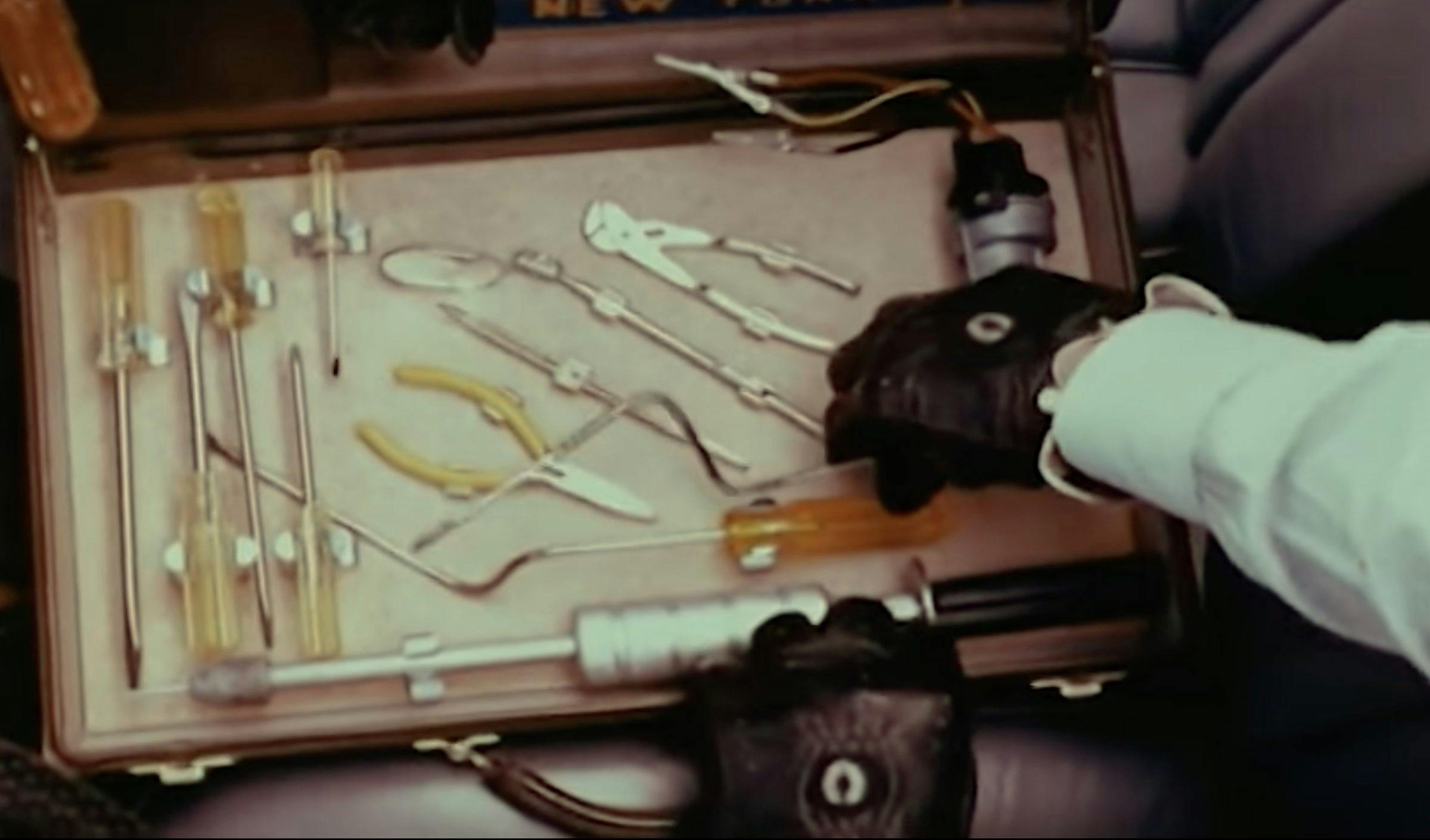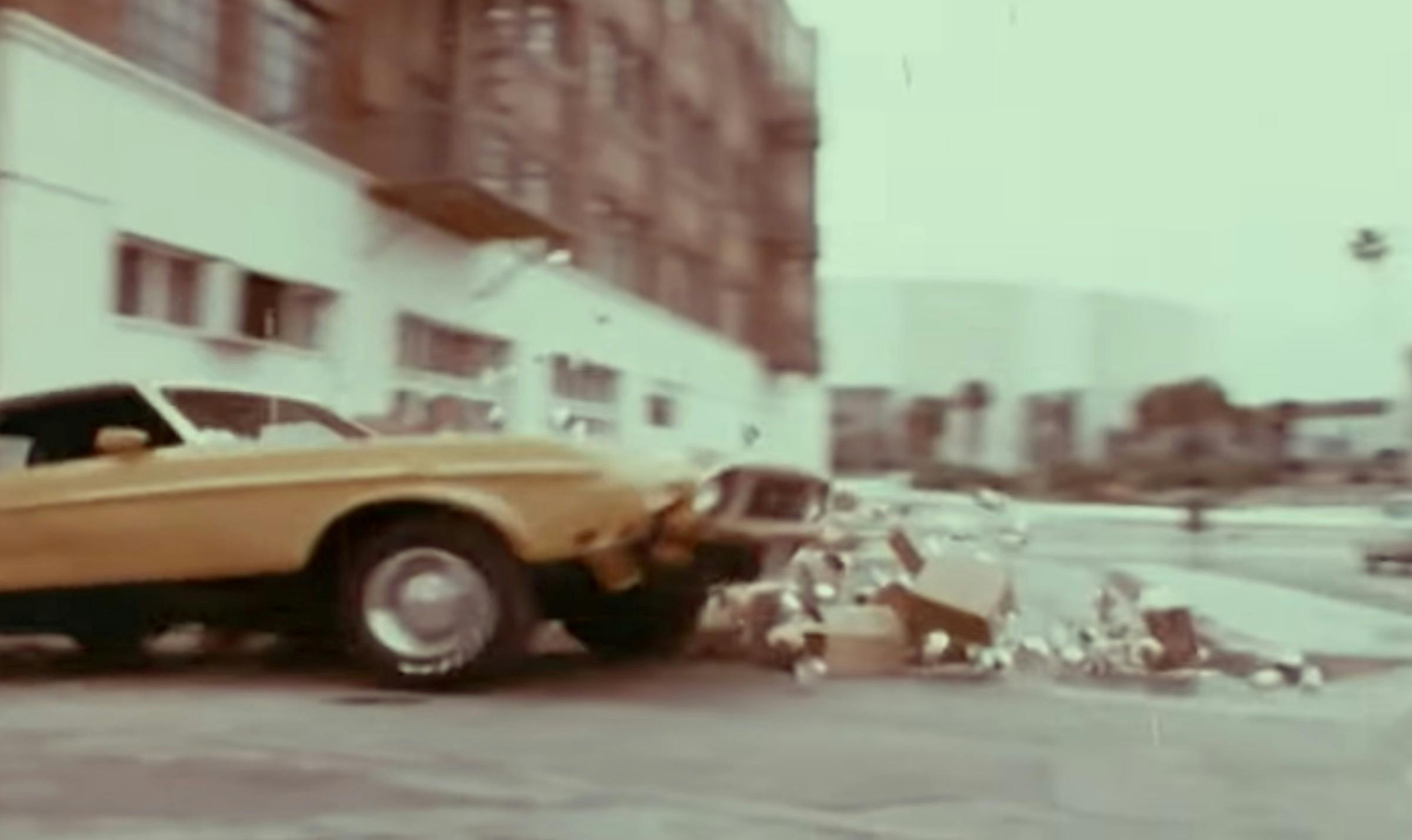Media | Articles
1974’s Gone in 60 Seconds was rough and ready but action-packed

This film never had a script writer—it hardly had a script. It had no professional actors. The man who wrote the story, as well as producing, directing, financing, distributing and starring in the film, had almost no experience in the movie business. But the fact that you’ve almost certainly heard of Gone in 60 Seconds (or, at least, its 2000 remake) is testament to the success of the original production, and that was all down to one man: H.B “Toby” Halicki.
In 1974, entrepreneur Halicki’s passion for cars led him to make a movie with one of the longest car chases—40 minutes, all told—in film history. High on destruction (127 vehicles were damaged or totaled), the chase was notably authentic: Police played police, firemen played firemen, and in some cases Halicki even used the aftermath of real accidents as scene-setters for his own decidedly unvarnished storyline. Forget Nic Cage and a Hollywood cast of thousands; this was guerrilla film-making at its best.
The plot is basically what Cage & Co. recreated years later. Halicki plays Maindrian Pace, an insurance investigator by day with a lucrative sideline in pinching high-end motors—but only those which are insured. He’s approached by a drug lord to steal 48 rare cars from around Los Angeles in exchange for a $200,000 bounty.
Each car is given a female codename so as not to arouse suspicion, and just before the deadline Pace’s team puts together an eye-watering inventory, including a Ferrari 365 GTB4, DeTomaso Pantera, Lamborghini Miura, Citroën SM, countless Rollers, and wacky obscurities like a Stutz and a Manta, many of which hailed from Halicki’s personal collection.
It even includes the Baja 1000 Bronco owned by NASCAR/Indy 500 legend Parnelli Jones, who also makes a cameo in the film. (Chase steals a car from a race event, above which flies a Goodyear blimp with the message, “LOCK YOUR CAR OR IT MAY BE GONE IN 60 SECONDS.” Now you know…)
Marketplace
Buy and sell classics with confidence
But there’s one car that eludes Pace: “Eleanor,” code for a 5.8-liter-V-8-powered 1973 Ford Mustang Mach 1. After various failed attempts, Pace locates a pristine yellow model, property of K-Fox DJ Hal McClain (played by himself). Leaving K-Fox’s Long Beach studios, he’s spotted by two undercover cops when the ‘Stang’s alarm fails to shut off (“Should have read my horoscope this morning,” mutters Pace) and so begins 40 minutes of cinematic mayhem.

Incredibly, Halicki performed all the stunts in the Mustang himself. The car was fitted with a NASCAR rollcage and the chassis strengthened to deal with the multiple impacts necessary to evade the marauding Plymouth Belvedere police cars (up to 20). It was also fitted with a kill switch, a camera mount on the rear seat, and three sheets of 3/8-inch steel to protect the underside of the car.
While the dramatic scenes that unfold around Carson City, Torrance, and Long Beach in California appear to be unstaged, almost every car and driver on the closed roads was from Halicki’s team. The Mach 1’s first victim is a humble MG 1300 (ADO16), which even then must have been a rarity in L.A. Pace then careens through various alleys and along pavements, destroying food stalls and causing multiple pileups (at one point, at least ten cars, including a Peugeot 404 and a VW Type 3 meet their end in the Mustang’s wake).
The chase is amusingly interspersed with vox-pops with eye-witnesses: “He was barreling down the road, man. It was unreal… he went between the trees and killed at least 500 people…” All this is made more comedic by Eleanor’s owner, DJ McClain, who innocently comments on air about a chase involving his own car.
But there was genuine peril involved for Halicki. At one point, he wanted to swerve across multiple lanes on a freeway to an off-ramp. All went to plan—until another stunt driver clipped the back of Eleanor and sent Halicki spinning wildly into a telegraph pole, seriously injuring him and delaying filming by weeks. Another stunt that didn’t go quite to plan had the chase coursing through Ronald Moran’s Cadillac dealership. The car lots were doused with oil to make the action look more extreme, but many new Caddys paid the price—and Halicki had to purchase each and every one.
There are too many frighteningly good stunts in this film to mention, but the final one is the most memorable. Approaching a line of crashed cars scattered across a multi-lane highway, Pace and Eleanor vault 30 feet into the air from an overturned car and land 128 feet down the road. Eleanor survives, and the jump allows Pace to finally escape the law. Clearly crime did pay in 1974.
It paid Halicki well, too. Despite a budget of just $150,000, Gone in 60 Seconds grossed $40M at the box office. Alas, when Halicki started to produce a sequel—Gone in 60 Seconds 2—15 years later, he was involved in a tragic accident while filming a stunt and died instantly. But his legacy will forever be Eleanor, a trademark image and name now known around the world.









